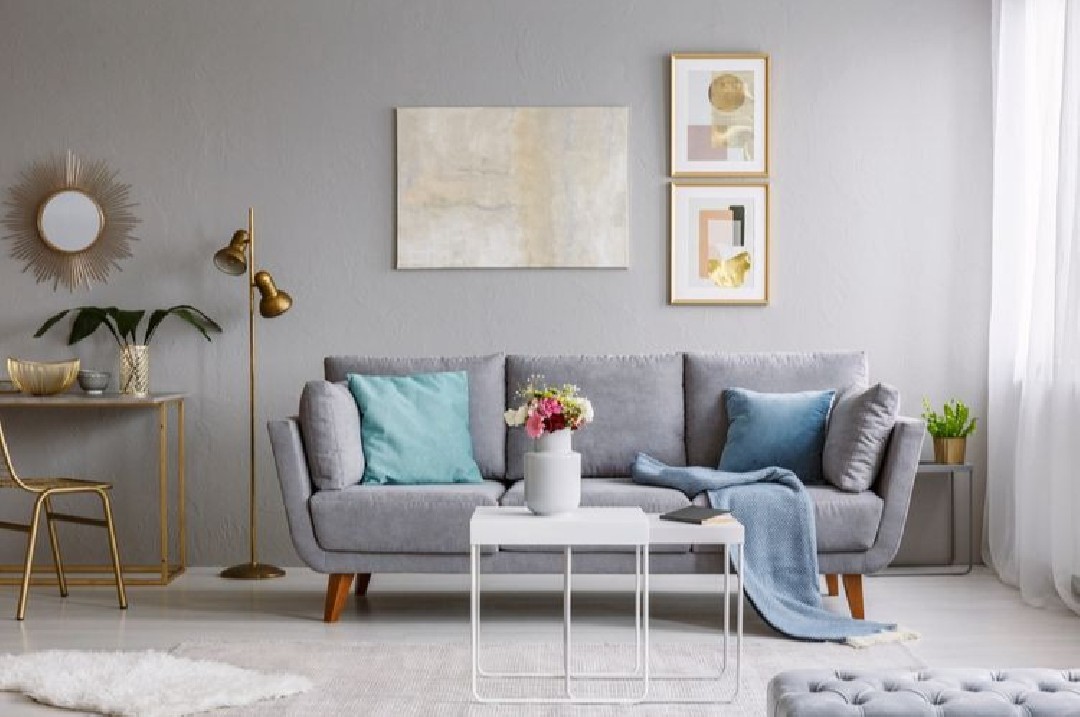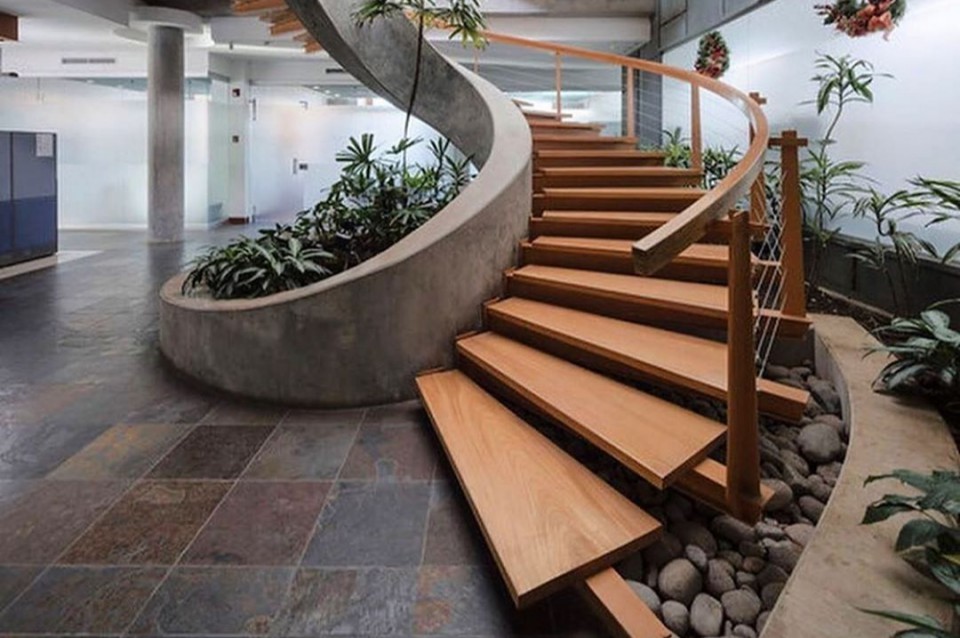Modern Minimalist Home Design Trends This Year

Introduction
Modern minimalist home design has become a favorite choice for many people in recent years. This style offers simplicity, functionality, and appealing aesthetics, making it suitable for various types of homes, from small apartments to large family houses. This year, modern minimalist home design trends continue to evolve with new innovations and elements that make them even more relevant and attractive. This article will discuss ten key points that define modern minimalist home design trends this year.
1. Neutral and Monochromatic Color Palette

The trend of using neutral and monochromatic color palettes remains strong in modern minimalist home design this year. Colors like white, gray, and beige dominate because they create a sense of spaciousness and cleanliness. These color combinations offer an elegant and calming look, perfect for creating a comfortable and harmonious home atmosphere.
Moreover, a neutral color palette makes it easy to add brighter accent colors. For instance, pillows, rugs, or artwork can become focal points in a room dominated by neutral colors. This flexibility allows homeowners to change the room's look easily without significant renovations.
2. Multifunctional Furniture

Multifunctional furniture is a crucial element in modern minimalist home design, especially in homes with limited space. Popular examples of multifunctional furniture include sofas that convert into beds, coffee tables with storage inside, and beds with drawers underneath. This furniture helps maximize space usage without sacrificing aesthetics.
Besides being practical, multifunctional furniture also helps create a cleaner and more organized look. By minimizing the amount of furniture needed, rooms become more open and free from clutter. This aligns with the core principles of minimalist design, which emphasize functionality and efficiency.
3. Open Spaces and Natural Light Flow

Modern minimalist home design this year emphasizes open spaces and natural light flow. Using large windows and sliding glass doors allows more light to enter the home and creates a closer connection between indoor and outdoor spaces. This makes the home feel more spacious and comfortable.
Natural light also has a positive effect on the mood and health of the occupants. Bright and airy rooms can boost productivity and make residents feel more energetic. Therefore, maximizing natural light is one of the main strategies in modern minimalist home design.
4. Natural and Eco-Friendly Materials

Using natural and eco-friendly materials is becoming increasingly popular in modern minimalist home design. Wood, stone, and exposed concrete are often used to create a natural and warm look. These materials are also known for being durable and having a lower environmental impact than synthetic materials.
Aside from aesthetics and sustainability, using natural materials also offers functional advantages. For example, wood has natural insulation properties that help maintain a comfortable room temperature. Stone and concrete, on the other hand, offer exceptional durability and require minimal maintenance, making them suitable for busy modern lifestyles.
5. Hidden Storage

Hidden storage solutions are innovative in modern minimalist home design to tackle space issues. Cabinets with concealed doors, drawers under stairs, and built-in wall shelves are examples of storage that can hide personal items without disrupting the room's aesthetic.
By utilizing usually unused spaces, such as under stairs or within walls, minimalist homes can stay tidy and organized. Hidden storage also helps maintain a minimalist look by reducing the number of visible items, making the room appear cleaner and more spacious.
6. Smart Technology

Integrating smart technology into modern minimalist homes is an undeniable trend. Lighting systems controlled via smartphones, smart thermostats, and connected home security devices are some examples of smart technology becoming more commonly used. These technologies provide convenience and better energy efficiency.
Smart homes also offer more flexibility and control to the occupants. For instance, with smart lighting, users can adjust light intensity as needed, or with smart thermostats, home temperatures can be automatically adjusted based on daily routines. This not only enhances quality of life but also helps reduce energy costs.
7. Sustainable Minimalism

The minimalist trend is not just about aesthetics but also sustainability. Modern minimalist home design this year increasingly emphasizes sustainability concepts, such as using renewable energy, installing solar panels, and rainwater harvesting systems. These efforts not only reduce environmental impact but also provide long-term savings for homeowners.
Sustainability also involves choosing materials with long life cycles and low carbon emissions. Furthermore, sustainable design considers social and economic aspects, such as creating healthy and safe homes for their inhabitants and promoting a more responsible lifestyle.
8. Combination of Textures and Materials
Combining various textures and materials is one way to add depth and character to modern minimalist home design. For example, combining exposed concrete with warm wood or metal with soft textiles can create an attractive contrast and rich aesthetics. This provides more interesting visual dimensions and makes the room feel more dynamic.
Textures and materials also play a crucial role in creating the desired ambiance. Wood can add a warm and natural feel, while metal gives a modern and industrial touch. By experimenting with textures and materials, designers can create rooms that are not only beautiful but also comfortable and inviting.
9. Flexible Functional Spaces

Designing functional and flexible spaces is increasingly important, especially with the changes in modern lifestyles. Living rooms that can be transformed into workspaces or dining rooms that also function as study areas are examples of how space flexibility can be applied. This allows homeowners to maximize the use of available space according to their needs.
This flexibility also reflects how minimalist homes can adapt to changing family needs over time. With adaptable designs, homeowners can save on future renovation costs and ensure their homes remain relevant and comfortable through various life stages.
10. Personal Touch in Minimalism
While minimalism is often associated with simplicity and cleanliness, adding a personal touch remains important. Family photos, favorite artworks, or personal collections can be elements that add character and warmth to a minimalist home. These personal touches make the home not only look beautiful but also feel alive and unique.
Personalization in minimalist design can also be achieved through the choice of colors, textures, and materials that reflect the owner's personality and lifestyle. Thus, a minimalist home becomes not only an aesthetically pleasing place to live but also a reflection of the inhabitants' identity and values.
Conclusion
Modern minimalist home design continues to evolve, offering various innovations that make it increasingly relevant in today's era. Focusing on functionality, simple aesthetics, and sustainability, this trend provides smart and elegant solutions for creating comfortable and efficient homes. From neutral color palettes to integrating smart technology, every element in modern minimalist home design is designed to enhance the quality of life for its occupants. We hope this article provides inspiration and guidance for those looking to apply modern minimalist design to their homes.








